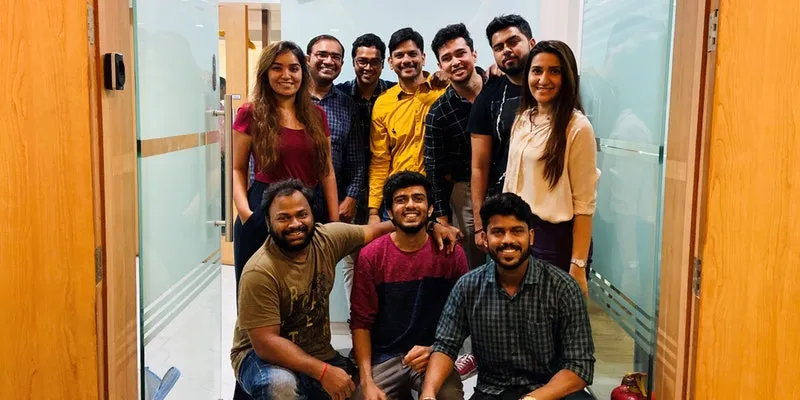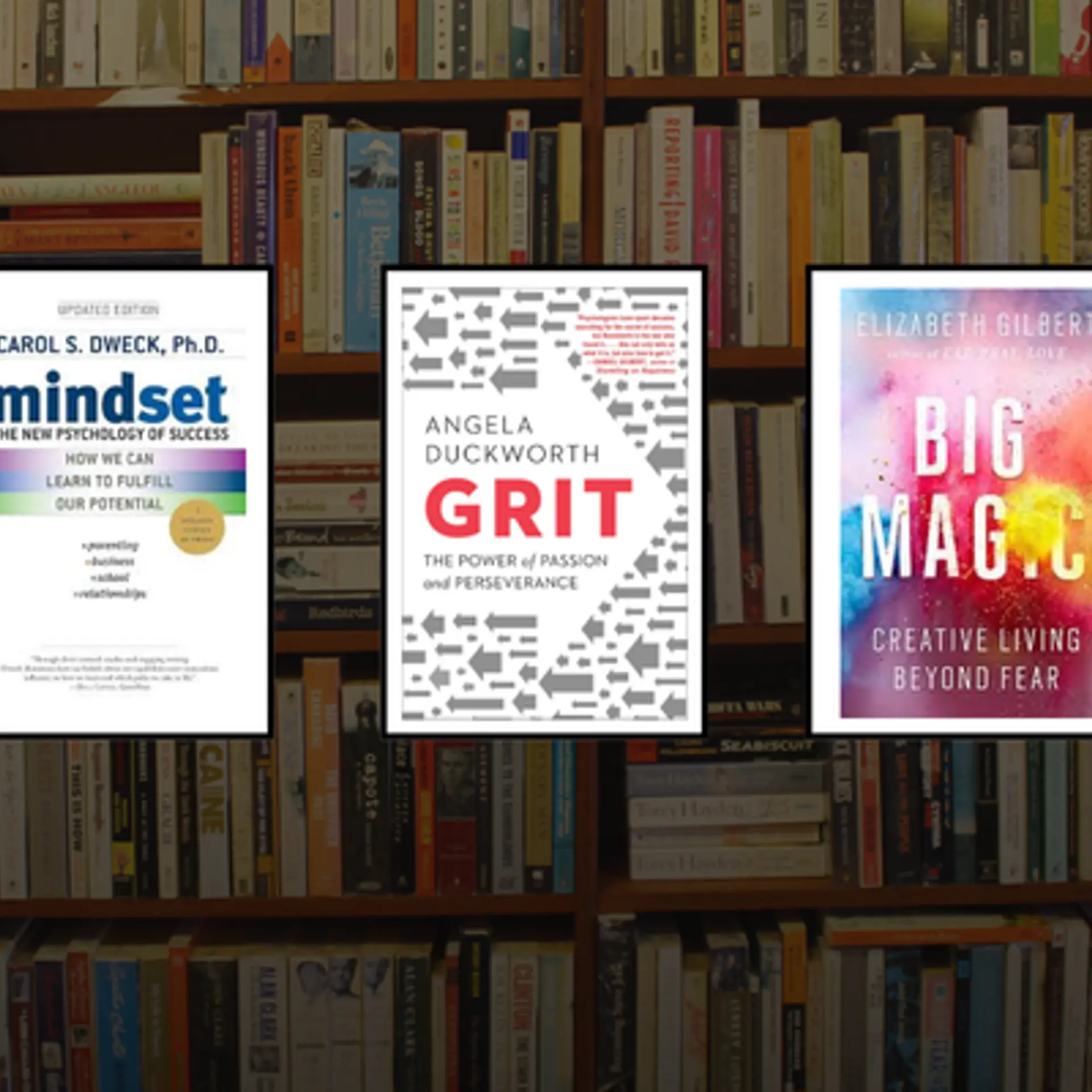How Mumbai-based Taglr is using AI to understand ecommerce behaviour and aggregate a marketplace for users
Founded in 2017, Taglr is an ecommerce marketplace, which helps shoppers discover products from hundreds of ecommerce websites at one place
Four years ago, thanks to data penetration, a number of ecommerce stores started popping up everywhere across the country. This meant there were now more products and websites to shop from than before.
During this time, 38-year-old Anirudha Khopade was working with an ecommerce analytics firm in the US, where he was introduced to the technology behind the pricing algorithms of Fortune 500 retailers. Over time, he developed his own interest in how technology powers the pricing algorithms that appropriately suit the internet consumer’s changing behaviours.

The team at Taglr
Speaking to YourStory, he says: “We noticed there was no platform for shoppers to go discover these exciting ecommerce stores or their products altogether. There was no efficient aggregator that let you discover new stores or deals from the existing marketplaces. You either had to come across an advertisement from the stores, or you had to rely on search, which is not an efficient way to discover products."
The country had just started to form its online habits, and Anirudha felt it was the right time to introduce a new product that shoppers would find useful. This led him to explore the idea of a shopping search engine, which he believed was worth making a business out of. Hence, was founded in Mumbai in early 2017. It is a product discovery marketplace designed to cater to all categories of online shoppers in India.
“Although we had not figured out the business model from day one, we knew we would figure it out along the way as long as we were focussed on value creation,” says Anirudha.
The marketplace went live for the Indian internet audience in early 2018, which was about a year before Google shopping made its India-entry.
The model and technology
Taglr is a single interface gateway, which claims to help shoppers discover products from over 182 ecommerce websites. It follows a simple business model of aggregating ecommerce products from these websites on to a single platform, and generating its revenues primarily from third-party advertisements.
For any online shopper, the research part is the most important, where the user spends most of their time. “That’s where Taglr fits in. We understand that shoppers need to spend a good amount of time browsing and researching various products before feeling confident enough to make a purchase. So we designed the product for browsing. While most ecommerce sites are designed to make you buy, as a search engine, we had to design to make you discover," he says.

Anirudha, CEO, Taglr
The platform claims to deliver high amounts of traffic with high-intent shoppers for its advertisers. Anirudha attributes the user experience as the startup’s highest priority, and hence the team actively looks at relevant advertisers who can better amplify the experience for its visitors, and offer something of relevant value.
Anirudha says, “What differentiates us is the quality of the experience, the focus on relevant products and localisation by using an artificial intelligence (AI) engine to understand India's shopping trends."
Because of the large volumes of data and consumer behaviour insights, the team relied on a machine learning engine to be a part of the core technology. This engine claims to understand changing user behaviours, trends, and patterns to deliver a fast and pleasant browsing experience.
Taglr’s front end is lightweight and is designed to work well in places with low internet speed. About 80 percent of the platform's traffic comes from mobile devices, and so the technology is also designed in tandem with working on affordable mobile devices.
So far, Taglr has received an investment of about $5 million from some high net-worth individuals (HNIs). Most of the funds were initially invested in building the technology, but are currently targeted towards building the brand.
Going forward
To acquire its first few users, the team created a bunch of funny memes on social media but started with zero advertising.
“We simply posted non-branded funny comics about shopping and this slowly grew to a large fan base. Because that strategy worked so well, we decided to keep our social media content-centric and not promotion centric. Our Instagram profile consists of only entertaining content without any effort to push our brand aggressively.”
In 2017, there were less than 100 million online shoppers in India, and that number is expected to grow to 220 million by 2025. This is a growth opportunity the startup is aiming to tap into, while looking to grow every quarter when it comes to the number of returning visitors, but at lower investment.
While Taglr directly competes with the likes of mainstream ecommerce sites like Amazon, Flipkart, Myntra, and Shopclues among others, Anirudha is confident in the proposition of aggregating all these players under one roof.
Anirudha said, “We expect to see a good number of trend shifts and learning curves to maneuver along the way as the digital advertising industry in India is still in its nascent stages. Our advertising products will continue to be designed primarily for ecommerce and retail brands, and so we’ll be working closely with them to understand their needs as India’s growth story continues into the next decade."
(Edited by Megha Reddy)










